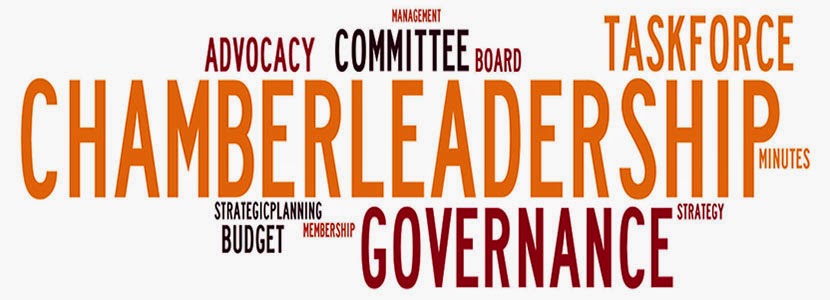Let's face it, as chamber leaders, it's all about our communities, yes?
This post is designed to focus on the tools foresight needed to grow our communities around the country.
Community and economic development (CED) is a broad field that encompasses a variety of activities aimed at improving the quality of life in a community.
These activities can include:
- Economic development: This includes efforts to attract new businesses, create jobs, and grow the economy.
- Community development: This includes efforts to improve the physical and social infrastructure of a community, such as its housing, transportation, and education systems.
- Sustainable development: This includes efforts to ensure that development is environmentally and socially responsible.
- Understanding the community: The first step in any CED effort is to understand the community. This includes understanding its history, culture, demographics, and economic conditions.
- Identifying the needs of the community: Once you understand the community, you can begin to identify its needs. These needs can be economic, social, or environmental.
- Developing a plan: Once you have identified the needs of the community, you can begin to develop a plan to address those needs. This plan should be comprehensive and should include specific goals and objectives.
- Implementing the plan: Once you have a plan, you need to implement it. This involves working with the community to implement the plan's goals and objectives.
- Evaluating the plan: Once the plan has been implemented, you need to evaluate its effectiveness. This involves assessing whether the plan has achieved its goals and objectives.
Here are some additional fundamentals of community and economic development:
- Collaboration: CED is often most effective when it is done in collaboration with other organizations and individuals. This can include businesses, government agencies, non-profit organizations, and community members.
- Sustainability: CED efforts should be sustainable in the long term. This means that they should be designed to be self-sufficient and to have a positive impact on the environment.
- Innovation: CED practitioners should be constantly looking for new and innovative ways to improve the community. This includes using new technologies and approaches.
- Evaluation: CED efforts should be regularly evaluated to ensure that they are effective. This information can then be used to improve the CED process.


